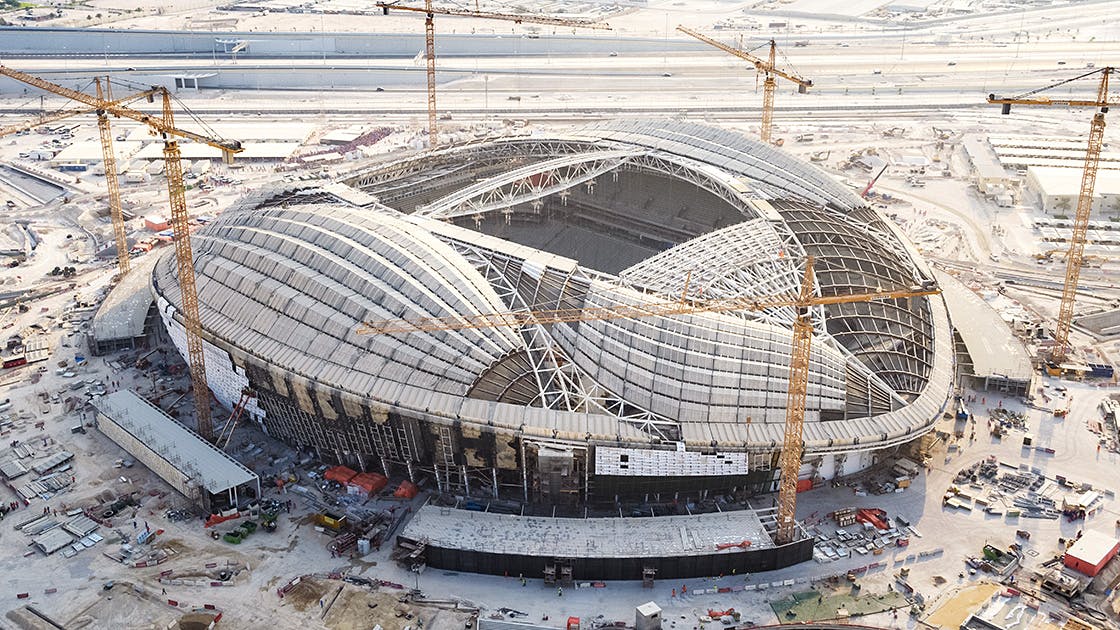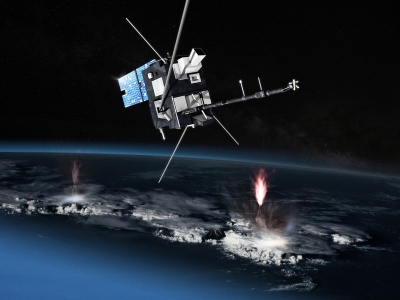Si vous souhaitez acquérir des compétences en Android Studio, ce cours est pour vous.
Android Studio est un environnement de développement pour développer des applications mobiles Android. Il est basé sur IntelliJ IDEA et utilise le moteur de production Gradle. Il peut être téléchargé sous les systèmes d'exploitation Windows, macOS et Linux.
Android Studio permet principalement d'éditer les fichiers Java/Kotlin et les fichiers de configuration XML d'une application Android.
Je suis sûr que vous souhaitez développer votre application mobile rapidement!
Donc, vous êtes au bon endroit.
Si tel est le cas, ce cours vous convient parfaitement, car il contient des exemples concrets et des tactiques permettant de développer différents types d'applications sur Android Studio.
Je sais comment y parvenir et je souhaite partager cette connaissance avec vous!
Qu'allez-vous apprendre dans ce cours?
Partie 1 - Créez votre première application
1. Installez Android Studio
2. Créez le projet et prenez en main l'environnement
3. Dessinez l'interface utilisateur de votre première activité
4. Référencez les éléments graphiques dans votre activité
5. Gérez les actions de l'utilisateur
6. Lancez l'application sur l'émulateur ou sur un équipement réel
Partie 2 - Etendez les fonctionnalités de votre application
1. Créez une seconde activité
2. Découvrez l'architecture Modèle-Vue-Contrôleur
3. Définissez votre premier modèle
4. Implémentez la logique de jeu dans le contrôleur
5. Présentez le score au joueur
Partie 3 - Perfectionnez votre application
1. Récupérez le score du joueur dans l'activité principale
2. Mémorisez les préférences du joueur
3. Améliorez l'expérience utilisateur
4. Comprenez le cycle de vie d'une activité
5. Tournez votre équipement : que se passe-t-il ?
Ce cours couvrira différentes méthodes qui simplifieront les processus de programmation.
En outre, vous aurez quelques téléchargements PDF et des exemples pour vous aider à démarrer.
A la fin du cours, vous pourrez développer votre application mobile Android.
Ce cours vous aidera à apprendre les bases d'Android Studio étape par étape et à créer des applications mobiles.
Il suffit de vérifier le lien ci-dessous pour acheter votre formation maintenant :




































